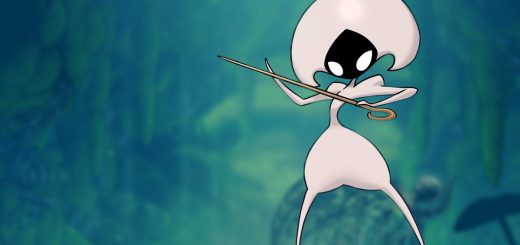From Mediterranea Inferno to Baldur's Gate 3: the queer ecstasy of monster-loving
One bright Thursday morning, I walked into class and asked my NYU graduate students what they’d thought of the movie I’d recently assigned, FW Murnau’s classic 1920’s German silent film Nosferatu: A Symphony of Horror. Within nary a heartbeat, one of my gay students looked me straight in the eyes and declared, “Count Orlok is hot!”
This wasn’t a wholly unexpected response. The queer attraction to monstrosity has long been a recurring topic of academic discourse. In 2021, in this very series of Pride-themed articles, Dr Lloyd (Meadhbh) Houston discussed – paying particular attention to Resident Evil Village’s beloved and gigantic Lady Dimitrescu – how queer folks reframe, recontextualize, and reconstruct monsters in media in order to find characters with whom to identify. The shadowy Babadook and murderous clown Pennywise, for example, both briefly enjoyed the status of queer icons.
I’d like to go further. Long labelled as “monsters” and “deviants” themselves, queer people have reclaimed these metaphors, cheekily lending our attraction to monsters a romantic or sexual twist in order to reflect the multitudinous facets of what it means to be queer. Thus the era of the monster.
To see this content please enable targeting cookies. Watch on YouTube
But what do we mean by monsters? Often that starts with our feelings about ourselves. In Avery Alder’s influential tabletop roleplaying game Monsterhearts 2, in which players take on the roles of drama-fuelled teenage monsters in high school, the rules tell us that “we don’t get to decide what turns us on, or who” – which here could be a violent werewolf, a frigid vampire, or a voracious ghoul of any gender, regardless of your character’s notions of their own sexuality. To Alder, the complications of living as a monster among people are synonymous to the confusion of desires we experience (or lack) as we grow up as queer people.

